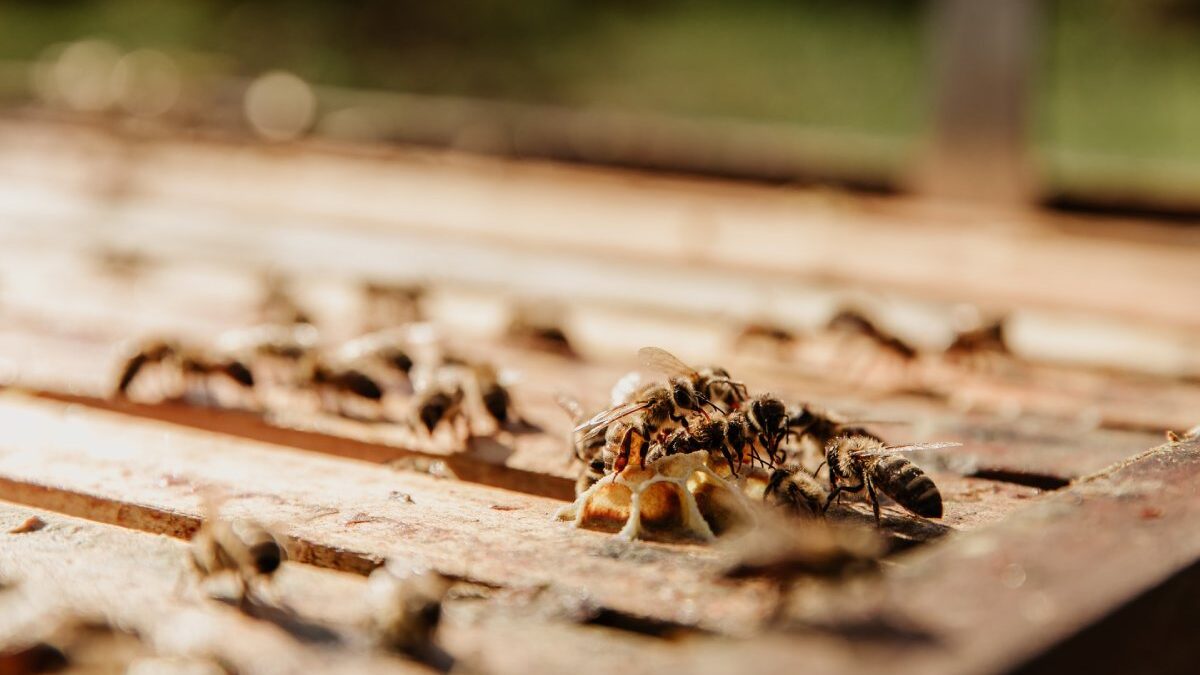Termites can be a homeowner’s worst nightmare. Left undetected and untreated, they can cause thousands of dollars in damage to your home. Fortunately, you can take steps to detect termites and prevent damage before it’s too late.
Table of Contents
What are Termites?
Termites are small insects that feed on wood and other forms of cellulose. You can find them on every continent except Antarctica, and there are more than 2,000 species of termites worldwide. The most common type of termite in the United States is the subterranean termite. These termites live in large underground colonies, and they can cause considerable damage to homes and other structures by tunneling through wood and eating away at its cellulose content. Like dirt daubers, termites live in warm climates but unlike dirt daubers they live in colonies and usually carry out their activities below the soil surface.
Why it is Important to Detect and Stop Termites Before Damage Occurs
Termites can cause major damage to structures if left undetected and untreated. Termites cause an estimated $5 billion in property damage yearly in the United States. This makes detecting and stopping termites essential before they can cause any significant damage.
How to Detect Termites
Fortunately, there are a few ways you can detect termites in your home.
Identifying Common Signs of Termites
The first step is to look for common signs of termites. This includes mud tubes on walls or foundations, swarms of flying termites, discarded wings near windows and doors, and small piles of sawdust near wood.
Visually Inspecting Your Home
In addition to looking for the signs of termites, you should also conduct a visual inspection of your home. For example, look for areas where wood is damaged or weakened, as this could signify termites. Also, pay special attention to areas around windows and doors, as this is where termites are most likely to enter.
Hiring a Professional to Inspect
If you suspect you have termites, it is best to hire a professional termite treatment company to inspect your home. A professional can use specialized equipment to detect termites, and they can also provide advice on how to treat the problem.
What to Do After You Detect Termites
Once you have detected termites in your home, you need to take action to stop them.
Exterminating the Termites
The first step is to hire a professional exterminator to treat the infestation. A professional exterminator can use various methods to kill the termites, including baiting, spraying, and fumigation.
Repairing the Damage
Once you exterminate the termites, you must repair any damage they cause. This may include replacing damaged wood, repairing foundation cracks, and sealing other entry points.
Preventing Future Termites
The best way to protect your home from termites is to take preventative measures.
Eliminating Potential Food Sources
Termites feed on wood and other forms of cellulose, so eliminating potential food sources is the first step. This may include removing woodpiles from around your home, removing any dead trees or stumps, and sealing any cracks in foundations.
Keeping Woodpiles Away from Your Home
In addition to removing potential food sources, keeping woodpiles away from your home is important. Woodpiles provide an ideal environment for termites, so keeping them at least 20 feet away from your home is best.
Moisture Control
Termites thrive in damp, moist environments. Therefore, you should keep your home dry and well-ventilated to prevent termite infestations. This includes ensuring there is no standing water near your home’s foundation, repairing leaking pipes and faucets, and installing adequate ventilation systems.
Regular Inspections
Finally, it is important to have your home inspected for termites regularly. A professional pest control company can inspect your home and identify any signs of termite activity. This allows you to take action before the problem becomes too severe.
Conclusion
Termites can cause major damage to structures if left undetected and untreated. Fortunately, you can take steps to detect termites and stop damage before it’s too late. You can identify common signs of termites, conduct a visual inspection of your home, and hire a professional to inspect for termites. Once you detect termites, you should take action to exterminate them and repair any damage they cause. Finally, you should take preventative measures to eliminate potential food sources and keep woodpiles away from your home. By following these steps, you can protect your home from the damage caused by termites.

